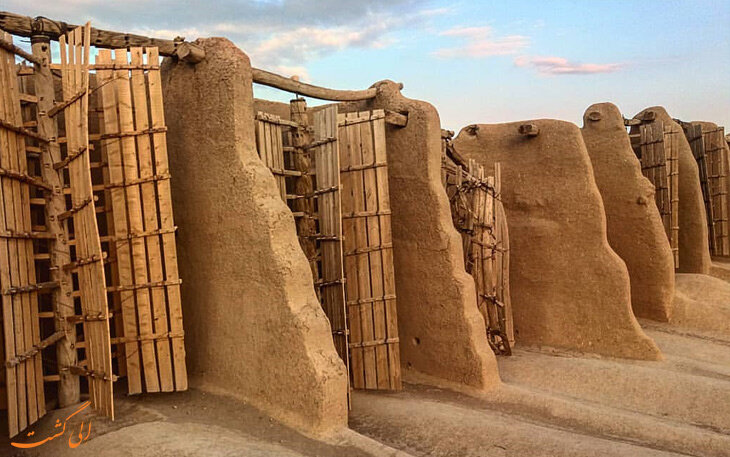Khorasan Razavi eyes UNESCO tag for ancient windmills, Tus city

TEHRAN –The tourism directorate of northeastern Khorasan Razavi province is preparing all-inclusive dossiers for Nashtifan ancient windmills and the historical city of Tus possibly becoming UNESCO World Heritage, the deputy provincial tourism chief has said.
The possible registration of these properties is the directorate's main priority, Ehsan Zohrehvandi explained on Wednesday.
Nashtifan windmills and Tus city hold cultural and historical significance and need to be introduced to the world, the official added.
Made of clay, wood, and straw, Nashtifan windmills, locally known as “Asbads”, are perched on a cliff overlooking the tiny village of Nashtifan, milling grain for an estimated 1,000 years there. They also bear testimony to the human being’s adaption to nature by transforming environmental obstacles into opportunities.
Asbad development took place due to strong and continuous 120-day winds, which annually sweep through the east and southeast of the Iranian Plateau from late May to late September.
UNESCO says Asbad is a smart technique to grind grains, a technique which goes back to ancient times when the people living in the eastern parts of Iran, in an attempt to adapt themselves to nature and transform environmental obstacles into opportunities, managed to invent it.
Meanwhile, the Encyclopedia Britannica says the earliest known references to windmills are to a Persian millwright in 644 CE and windmills in Seistan [Sistan], Iran, in 915 CE.
In the early second millennium, some Eastern and Western states acquired the technology of making mills from Persia, though the prototype design constantly underwent amendments in the course of time.
The Ministry of Cultural Heritage, Tourism and Handicrafts has almost completed preparations for a chain of ancient vertical-axis windmills for possibly becoming a UNESCO World Heritage. Such vertical-axis windmills can also be found in Sistan-Baluchestan and South Khorasan provinces.
Located near the provincial capital of Mashhad, which is one of the top tourist attractions of the country, Tus has been the birthplace of some important cultural and scientific Iranian figures over the past centuries.
The Mausoleum of Ferdowsi, the illustrious Persian poet, in Tus is one of the tourist attractions of the region. Many Iranians regard Ferdowsi as the greatest of their poets. Down through the centuries they have continued to read and listen to recitations from his masterwork, the Shahnameh.
The city was captured by Alexander the Great in c. 330 BC and it was destroyed once during the Mongol invasion, and again by the Timurids, and many of its people were killed.
Besides Ferdowsi, the most famous person who emerged from that area was the theologian, jurist, philosopher, and mystic al-Ghazali. Other notable residents of Tus include the early polymath Jaber ibn Hayyan, poet Asadi Tusi; polymath Nasser al-Din Tusi, and the prominent Islamic scholar Abu Jafar Tusi.
Tus and its historical gates, citadel, and ramparts were registered on the National Heritage list in 1996.
ABU/MG
Leave a Comment